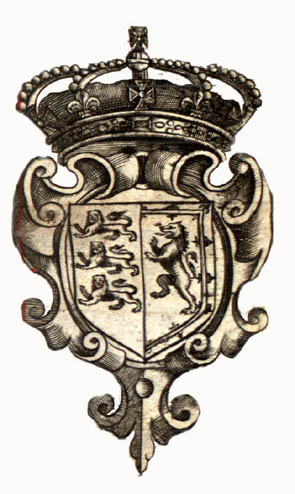
High House Purfleet

 |
High House Purfleet |
 |
High House is the name for a collection of buildings in the heart of Purfleet that has somehow survived for over 450 years, and after four and half centuries of standing over Purfleet, the house, farmstead and indeed Purfleet itself has changed so much. |
 |
Many might believe that Purfleet and the wider Thurrock area has no history dating back more than one or two hundred years, and that the heavy industry, warehouses, and harsh industrial landscape is all that you would see on a trip to Purfleet itself. However, Purfleet has a varied and rich social and cultural history dating back thousands of years with elements of its past being hard to spot, until they are shown and explained and then the tapestry of another life will reveal itself. |
||
| And we'd like you to join in... | ||
| take a journey of discovery and have a look around... |
| The House | The Stable Block | |||
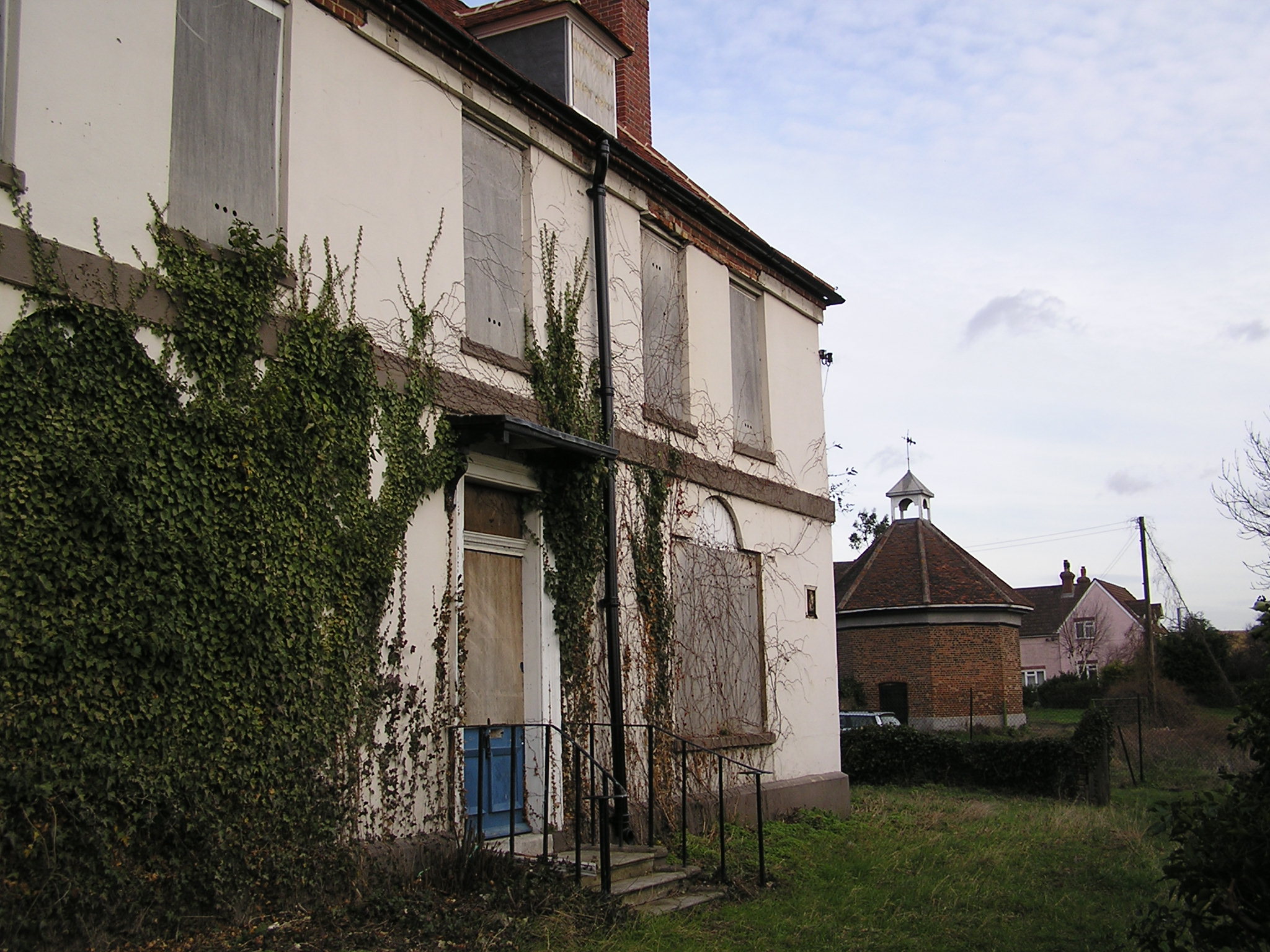 |
||||
| The Dovecote | The Barn | |||
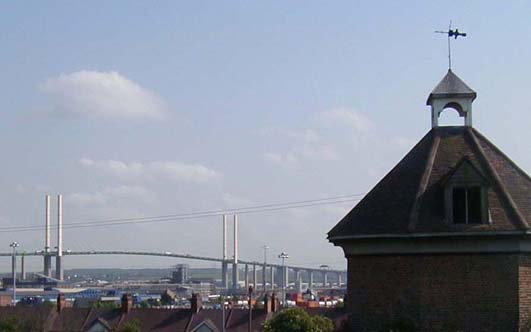 |
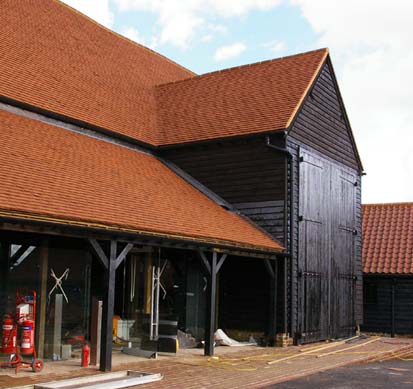 |
|||
| The Granary and Cart Sheds | The Workshop | |||
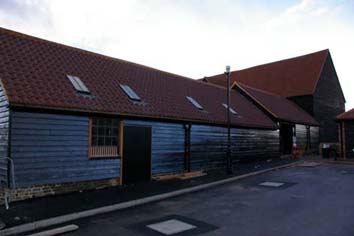 |
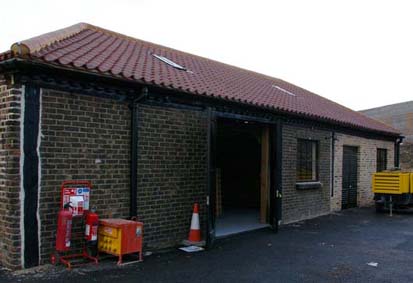 |
|||
| The Garden | The Future | |||
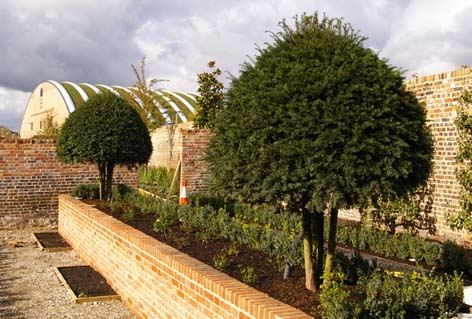 |
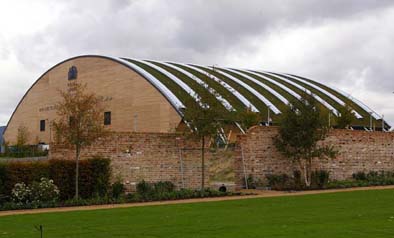 |
|||
| How you can help? | ||
High House Community Group |
||
| Links | ||
| A History lesson.... |
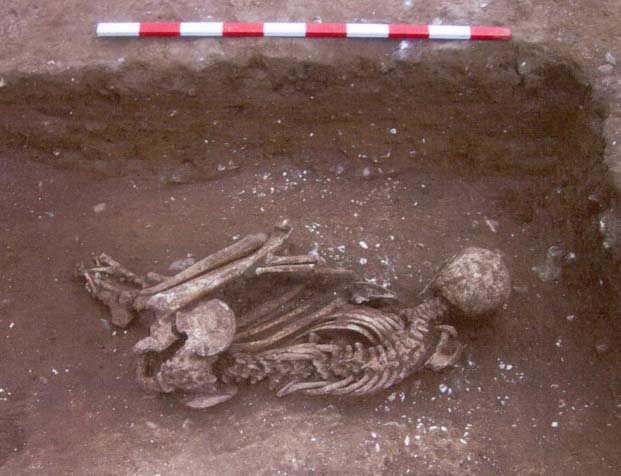 |
Known archaeological evidence was unearthed when construction work started on the site next to High House, where the Royal Opera House have built their scene making complex. It was here that a discovery of county and country wide importance was literally un-earthed from the ground. Several Romano-British burials were found, dating back nearly 1700 years to the cusp of when the Roman Empire left Britain to defend Rome itself. Finds of this magnitude and importance are not too often rediscovered, so this has created a great deal of excitement and clearly fires our imaginations as to what the people of the area and these burials were actually like. |
| Written and recorded history of High House itself starts in 1552 when Cecily Long started to build the house out of timber to equally divide the Manor of West Thurrock between her two daughters. The manor itself stretched from beyond the later built Mardyke canal in the north to the Thames river edge in the south, and from the Grays town border in the east to the Purfleet marshes in the west. One of the daughters lived in Stone House and the other lived in the newly built High House, though the house was not originally called this. | ||
The farm and house have been known under various names during its past; Little Place, the Vineyard, West Hall, and Jocelyns. The farm gained the name Little Place because it was built to treat two daughters equally when the Manor of West Thurrock was split, leaving the farmstead as the ‘Little Place’ compared to the first manor that stood in West Thurrock called Stone House. Its romantic name, the Vineyards, was known because of vines having been grown on neighbouring sloping in ancient times, with it being called West Hall because the farm was west of the manorial church, St Clements, and west of Grays, Orsett, and Tilbury. A well known local family was the inspiration for the name Jocelyns, with the name High House coming from its position ‘High’ on a hill overlooking the Thames. |
Even today with the vast amount of housing and industry in Purfleet you can see a wonderful view of the Thames and the QE2 bridge on a clear day. High House must have commanded a spectacular view over the Thames and the fields below. |
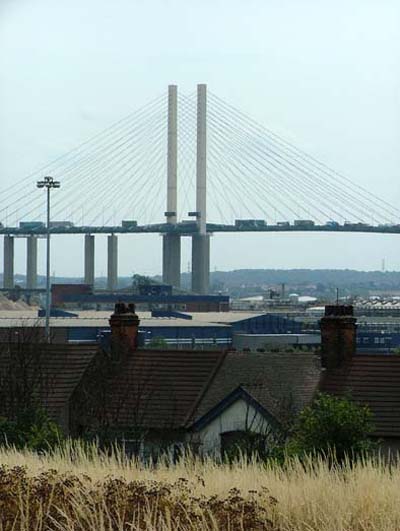 |
|||
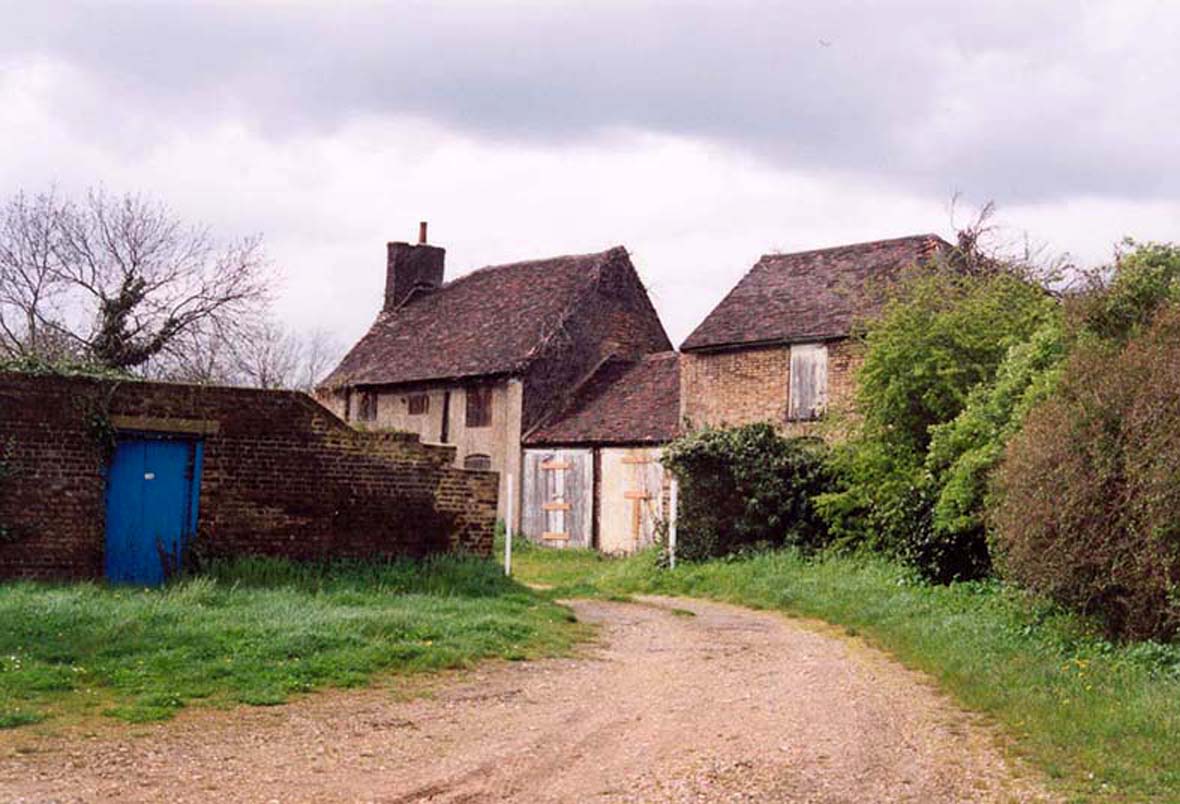 |
| Over time different people inherited parts of the manor, which left the land in the hands of many separate owners, with tenant farmers growing crops or grazing livestock on the land. A new and wealthy family acquired the house in the 1600’s and rebuilt it in brick, also adding many features which accompanied the social standing of the family. But, once again, the property fell out of one person’s possession into being a tenant farm. The sale and division of the house’s land continued up until the ownership of the Grantham family in the 1700’s, who were a successful sailing family of captains with the East India Company. With the incredible wealth of their affiliation with the East India Company came its reinvestment into High House, making it a fine and luxurious building. | ||
|
Map of High House in 1863 |
But it was during the ownership of Samuel Whitbread that the fortunes of High House truly changed for the better. Samuel Whitbread bought all the past lands of High House in the 1780's and reunited it; making the manor the most complete it had been in several hundred years. |
| He used his wealth from his thriving brewery business, which is still running today, to build up the manor and its influence, with ferries over the Thames to Kent, a vast number of wharfs and quays which he used to ship the huge amounts of lime that his companies and quarries mined from the chalk cliffs of Purfleet. It was Whitbread's chalk and lime industry that so radically changed the contours and geographics of Purfleet, making whole hills and cliffs simply a chapter in history. | ||
Subsequent events conspired to bring to an end the working life of High House. Firstly, the agriculture depression of the late 1800’s drastically cut the size and scale of farming on the site, and with the quarrying industry growing the farm’s lands were literally be dug away. Eventually its fate was sealed when the Purfleet bypass cut the farm off from its fields, making it practically impossible for High House to function as originally intended; as a working farm, producing marrows, onions, and pumpkins, with the last crop apparently being used to feed race horses. |
|
|
||||||
New life and alternative uses were tried for High House’s survival, including a private school in the 1930’s, possibly carrying the name of ‘Vellecote School’, after the owner of the farm, Mr Vellecote. Rumours persist of High House being used by the military in the Second World War, but there is no documented proof to back this up. Eventually the house was converted into flats in the 1960’s, after which the farm laid empty and unused. … until several like minded people from the area came together to form the High House Community Group |
||
The main problems sprung from the fact that the land High House sat on had 3 different owners, and under 2 different authorities control. These facts held up the progress of High House until a well-timed accident happened. |
||
The excitement of winning the 2012 Olympics for London was a tremendous boost for the capital and country, but the Royal Opera House’s scene making facility in Stratford was an unsuspecting casualty of the Olympic Village. With the Royal Opera House looking for a new home for its stage crafts; they were shown High House and instantly fell in love with it. They have built their scene making workshops, which produce backdrops and scenery for ballets and operas, next to High House, using the historic property itself as an outreach project to the community. |
||
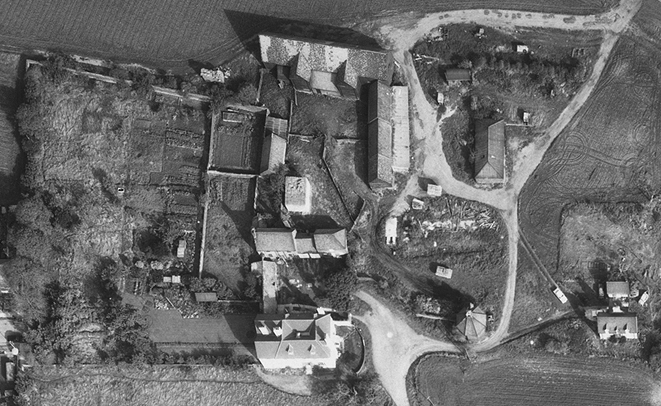 |
||
An aerial photograph of High House from 1967 |
||
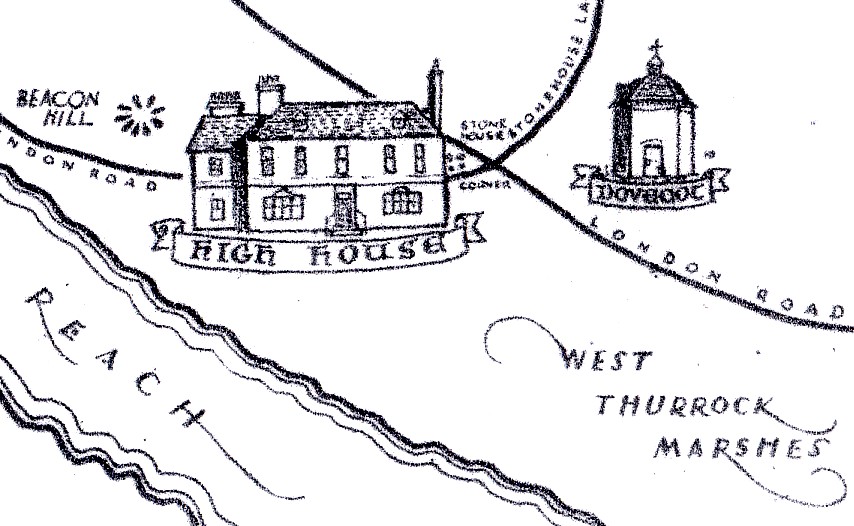 |
| How you can help? | ||
High House Community Group |
||